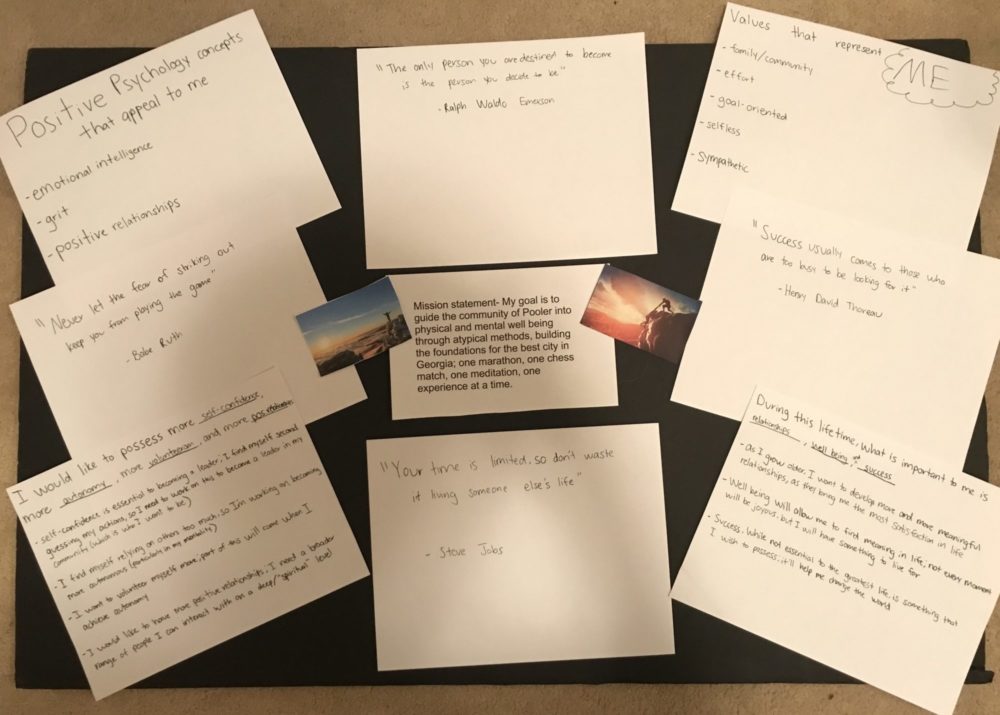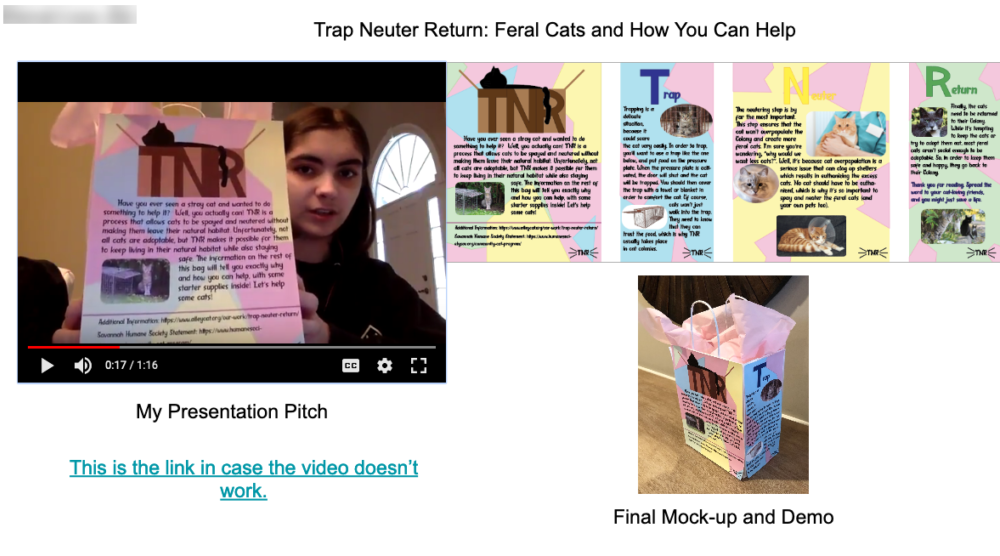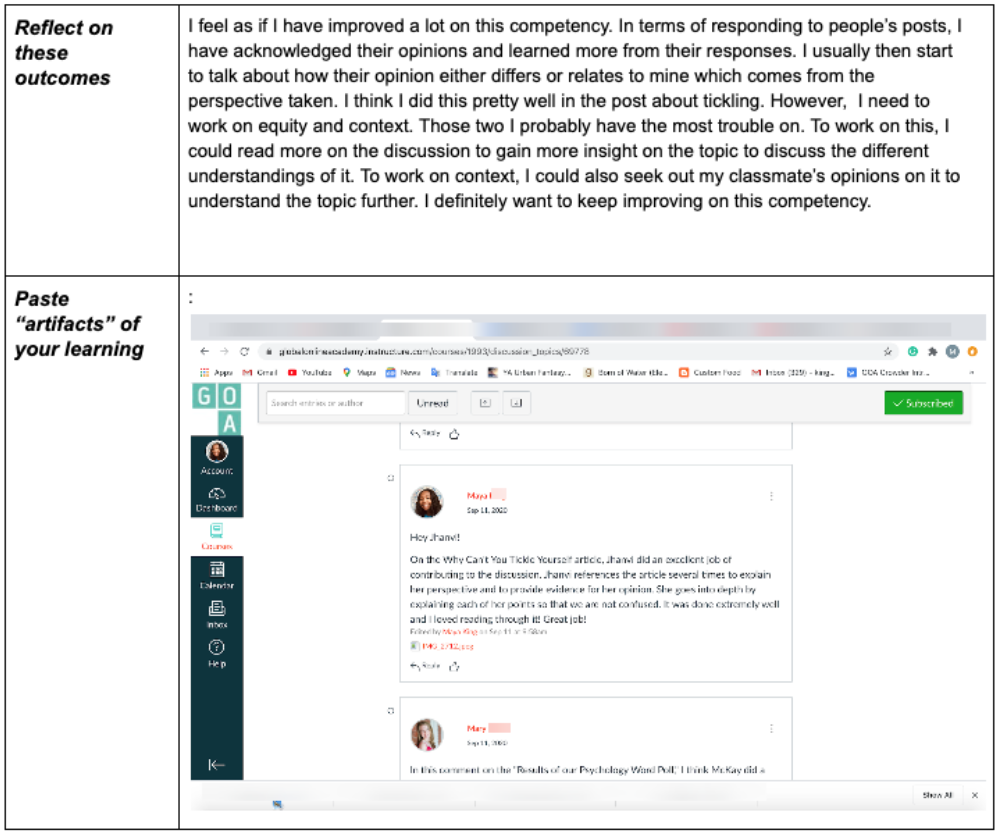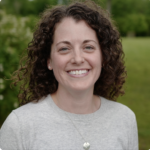Mission in Action: Three Ways Competency-Based Learning Supports School Mission
How do we know that a school’s mission resonates with its students?
When a school aligns its mission to the skills and outcomes that frame each learning experience, student work becomes the evidence that mission-driven learning is taking place.
GOA member school Savannah Country Day School (SCDS) serves students from early childhood through grade 12 in Savannah, Georgia. Since joining GOA in 2015, they’ve annually enrolled upper school students in over 30 GOA semester courses and multiple auxiliary student courses. For SCDS, GOA membership began as an opportunity to expand its elective offerings and provide opportunities for innovative learning, and it has grown into a pathway for students to explore topics meaningful to them and live out the beliefs inherent to their school’s mission.
SCDS’s mission “to prepare students of academic and personal promise to meet with confidence, imagination, and integrity the challenges of college and of life” is central to their engagement with GOA. Their mission’s core beliefs rest on students building “the desire and the discipline to grow in wisdom, to lead lives of personal honor...and to serve others with a generous, compassionate spirit.” These beliefs mirror GOA's six core competencies, the skills students develop in GOA courses. This alignment means that GOA offerings, and the work SCDS students have done in them, are proving an invaluable setting for mission-driven learning.

Three Ways the SCDS Mission Aligns with Competency-Based Learning
1. Allow for choice among varied, relevant learning experiences.
Student agency is a fundamental aspect of the competency-based learning (CBL) approach that anchors GOA’s Student Program. Central to CBL is promoting student voice and choice in what, when, where, and how they learn. Student agency is critical in fostering a sense of ownership and a deeper connection to learning. For SCDS, providing students with access to a wider range of courses and an additional learning platform through GOA has broadened not only choices with what and how to learn, but also introduced choice within these courses.
In GOA’s Positive Psychology course, SCDS student Hawkeye focused his capstone project on the mental health of students who had not returned full time to school during the pandemic. Given that many peers were back on campus, Hawkeye chose to look at what the effects were for students who were not back and were mostly learning online. He then used positive psychology concepts to design personal learning experiences to support these students. Hawkeye considered the concept of grit, one that particularly appealed to him, and designed interactive group experiences that would support students’ ability to build resilience. To deepen his understanding of the problem, he began by interviewing his school counselor on the psychological challenges students who are predominantly learning online might face, counseling shifts and demands brought on by the pandemic, and the role of positive psychology concepts in supporting online learners.
Hawkeye said, “I believe taking a discipline, and not only using it to help yourself but also other people, is what having a voice is. Positive psychology has given me that unique opportunity. Through my GOA course, I've learned the real-world application of concepts such as grit and gratitude, which has helped improve my community's well being. We need more students to discover their voice, applying their knowledge to their life rather than quickly bouncing from subject to subject.”

Hawkeye’s own personal mission statement and values, like the concept of grit, became the lens for his work in GOA's Positive Psychology course.
2. Encourage meaningful application, not simply acquisition, of knowledge and skills.
Transfer, the ability to extend what has been learned from one context to another, is a crucial element of CBL. SCDS recognizes that providing students with learning experiences that incorporate diverse and relevant assessments is critical to their intellectual growth and the development of life skills. Rob acknowledges the value of ensuring that student learning has relevance and application beyond the courses taken, sharing that his students “are more able to recognize that it’s not just what you know—the content—but how and for what purpose you can use that knowledge.”
Graphic Design is a GOA course that invites students to see the world in new ways while helping them develop an understanding of the principles and elements of design. For her capstone project on how graphic design can impact societal change, SCDS student Hannah chose to educate her community on a safe, humane method for helping stray and feral cat populations. Her design focused on creating supply bags that also provided access to resources and information on Trap-Neuter-Return Programs.

In the presentation of learning in GOA's Graphic Design course, Hannah shared images of her final project as well as video presentations where she pitched her project and walked her classmates through the process of creating the Trap Neuter Return bags.
Rob Curran, SCDS global studies teacher and GOA site director, said that for his students, “the feeling that, to some extent, they are in charge of their own learning goes a long way to inspiring and maintaining their engagement with their own learning process.”
3. Provide opportunities to contribute to a diverse learning community in meaningful, affirming ways.
GOA’s global community brings students together in an online space based on shared interests, and learning takes place when relationships are prioritized and students in different locations feel truly connected to their teachers and understood by their peers. SCDS recognizes this commitment to building community as another shared value. “Collaboration, diversity, and student support are woven throughout GOA courses and reflect our emphasis on the importance of learning within a supportive community of trust in a space that honors different voices and perspectives,” Rob said.
Collaboration is rooted in GOA’s Introduction to Psychology course, where students are exploring behavioral, cognitive, and sociocultural perspectives to better understand each other and how to think like a psychologist. SCDS student Maya said of her experience in the course, “I have definitely become a lot more courageous...GOA has allowed me to step outside of my comfort zones and reach out to new people from all over the world.”

Introduction to Psychology students were asked to reflect on and gather artifacts that demonstrate their learning at two checkpoints within the course leading up to a final self-reflection project, their learning portrait. At one checkpoint, Maya reflected on her development of one of GOA’s core competencies: Communicate and empathize with people who have perspectives different from your own.
The alignment between the school’s core beliefs and GOA’s competency-based learning approach ensures that SCDS students are living out their school mission while gaining skills with relevance and application well beyond the courses taken.
Explore more articles about how GOA member schools align our programs to their missions:
- Mission in Action: How Designing for Student Voice Can Drive School Mission
- Missions Matter: Three Pathways for Living Out a School Mission
GOA member school students have full access to our Student Program course catalog and member school educators can take our educator courses for free. Learn more about becoming a member school. Are you a GOA member? Want us to profile your school? Email us at hello@globalonlineacademy.org.
